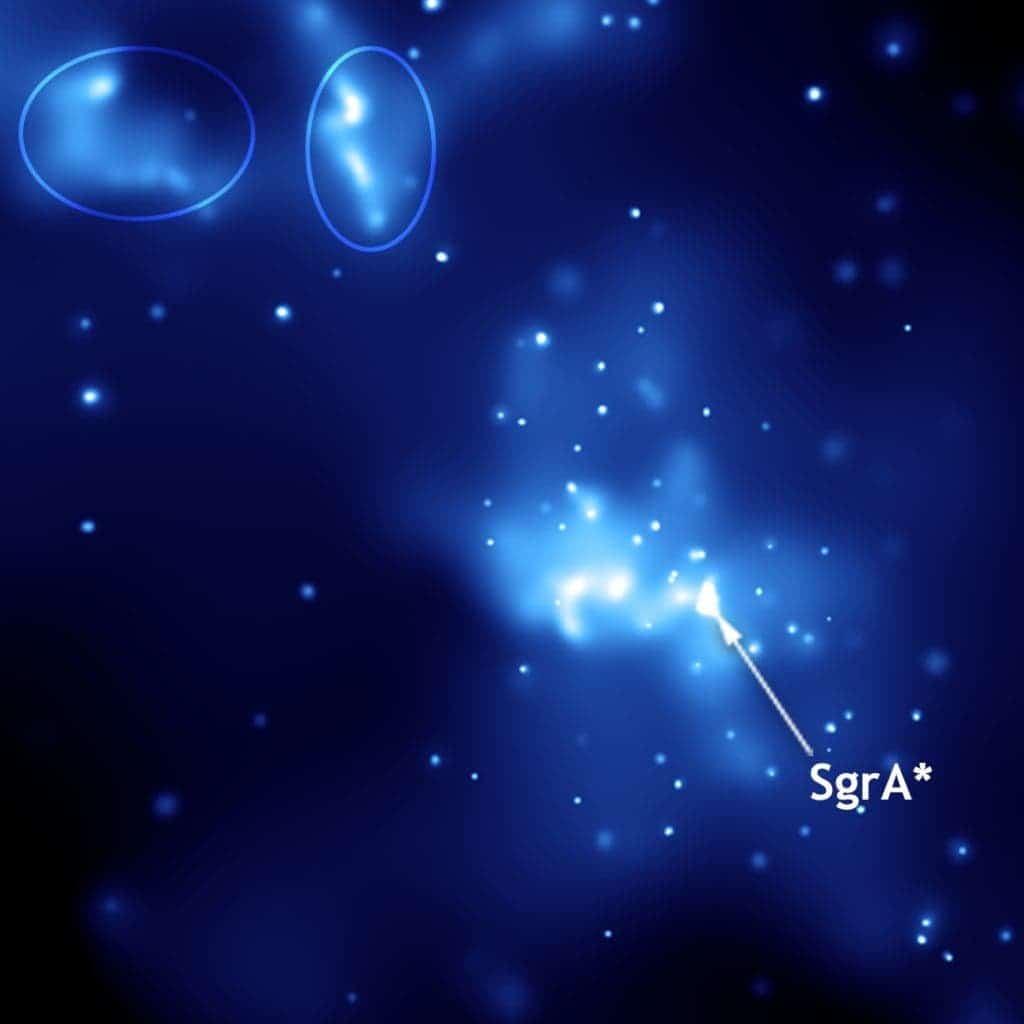Gravitational waves may be forged by the ungodly forces at the center of galaxies, a new study suggests.

Gravitational waves have recently taken the world by storm. After they were first predicted by Einstein a century ago, it took a hundred years and a groundbreaking project which involved an extremely complex experiment setup and over a thousand scientists’ work to prove their existence. Now, researchers are working hard to understand as much as they can about these elusive waves.
Gravitational waves are small ripples in space-time that spread across the universe. The problem with them (and the reason why they’re so hard to detect) is that they’re only formed by extremely powerful interactions, and even then, they have an extremely low amplitude — in fact, their amplitude is so low that Einstein thought we’d never be able to detect them. They were first observed thanks to a pair of black holes which drew closer and closer to each other before ultimately merging. Since then, astronomers have discovered gravitational waves an additional four times. Every episode involved a pair of merging black holes.
Recent data has shown that these events are fairly common, but we still don’t know much about how black hole pairs end up in this scenario in the first place. Furthermore, in order for these events to lead to observable gravitational waves, they need to be in very specific orbits (either very close or very eccentric).
PhD student Joseph Fernandez at Liverpool John Moores University reports that these events might be even more common than we thought, and might be aided by black holes such as the ones found towards the center of our galaxy. Along with his colleagues, Fernandez found that the orbits of these binary black-hole systems can be changed by the black hole that lies in the center of most galaxies, including our own.
Using prediction models, they showed that black hole binaries which wouldn’t merge in the lifetime of the universe can become tight and eccentric under the gravitational influence of other massive black holes, such as the ones at the center of most galaxies. In 10% of all cases, the merger time is reduced by a factor of over 100 — which explains why we have been able to observe several such instances, and also predicts there will be many more occurrences in the future.
The process also flips the binary system orbital plane, making the BHs orbit in the opposite direction to their initial conditions. This could be used as a smoking gun to allow astronomers to identify when the phenomenon is taking place.
The findings haven’t peer-reviewed yet and will be presented at the European Week of Astronomy and Space Science in Liverpool.






